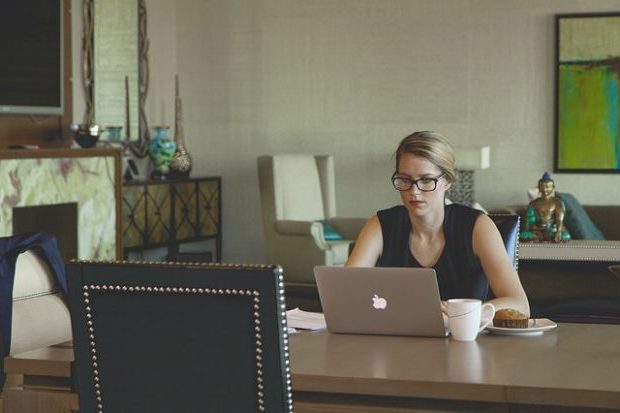How and Why To Take Care of Your Back

Your Reliable, Invisible Back.
Have you noticed your back recently? Felt a twinge, or a need to stretch? We often take our backs for granted. They work hard every day, making it possible for us to lift, turn, walk, sit, and do our fitness routines. And unless the trainer gives us specific back exercises, we don’t worry much about it. That was me, too, until about 3 months ago.
Looking Back
It started with a twinge – just a bit of an ouch in my lower back when I stood up from my office chair. Deceptively mild, it went away after I stretched. At least, it went away that day. Over time, though, back pain became part of my life, then leg pain and tingling. When I finally visited the doctor, he immediately ordered an MRI. Results? Arthritis and a herniated disc, both of which pressed on my nerves. Thus began intensive physiotherapy and handfuls of medication, and ultimately a spinal injection to stop the inflammation in my spinal nerves. And the big questions, how did this happen and what can I do now?
Sitting is the New Smoking
Letting Your Back Down
We let our backs down every day: lifting without using our legs, slouching, and carrying children or big briefcases day after day. Most of all, we spend increasing amounts of time sitting in front of our computers. The average worker spends more than 65% of their time sitting. The consequences? According to a 2015 review in the Annals of Internal Medicine, people who sit for prolonged periods are more likely to develop heart disease, cancer and diabetes. They are also more likely to die from the heart disease or cancer. While exercising regularly helps, it does not completely reverse the effects of sitting for long stretches. The news about the health effects of prolonged sitting has led some people to call it the new smoking: something that many of us do, with terrible health effects.

Stand Up. Take Control
A few changes can make a big difference. Reduce back strain with these simple steps: maintain good posture, whether sitting or standing. Use ergonomic accessories like keyboard trays and ergonomic chairs. Work standing as much as possible; ask your company for a stand-sit desk. Arrange walking meetings with colleagues. Visit your coworkers in person, instead of calling upstairs over Skype. Use a headset. Set your timer for 30 minutes and when it rings, take a ‘stand up and stretch’ break. If your back does hurt, don’t wait! See a medical professional, find out what is going on, and start to take care of your back
Basic Back Care
Taking care of your back isn’t difficult. It just takes a bit of attention, a bit of time, and a few adjustments. I’m holding more standing meetings, taking those stretch breaks, working at a high table, and trying to improve my posture. Even if you or your company can’t afford an ergonomic chair or standing desk, you can work standing at a counter, and make opportunities to walk and stretch. In a study by the US National Institutes of Health, more than 55% of women develop chronic lower back pain. You don’t have to be one of them!


